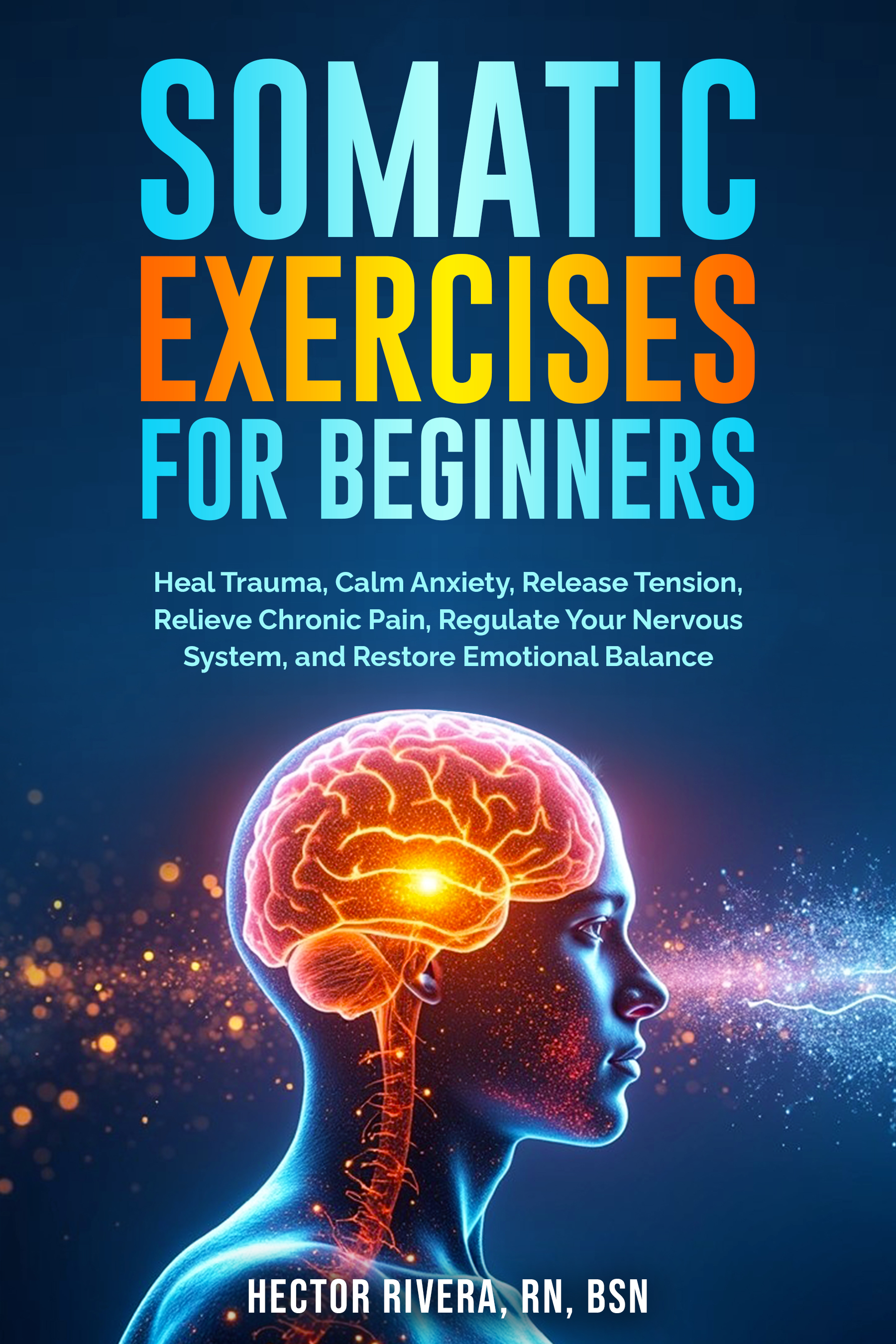What is somatic symptom disorder?

What is Somatic Symptom Disorder? How Does It Affect Daily Life?
When people first start searching for answers about unexplained symptoms, one of the most common questions that arises is "what is somatic symptom disorder?". It describes a condition where physical symptoms—such as pain, fatigue, dizziness, or stomach distress—are very real. Still, the distress they cause goes beyond the medical findings. The body sends signals of distress, but test results often fail to explain the intensity of what a person feels. What matters most is not whether the symptoms exist, but how much they interfere with everyday life and how much worry they create.
Somatic symptom disorder is not about “making things up.” The symptoms are genuine and often very disruptive. A person may feel chronic pain that doesn’t improve with treatment, or they may constantly struggle with fatigue that doctors can’t fully explain. These experiences can create a cycle of frustration, as medical visits and tests often do not provide clear answers. What sets this disorder apart is the level of focus and anxiety the symptoms generate. Even when doctors rule out major illnesses, the distress remains and often takes over daily routines.
The Role of the Nervous System
Understanding somatic symptom disorder requires looking at the mind-body connection. The nervous system constantly scans for signs of danger, stress, or imbalance. For some people, the stress response doesn’t switch off. Everyday sensations—a skipped heartbeat, a stomach cramp, a headache—suddenly feel overwhelming. The body and mind treat them like signs of danger, even when medical tests show nothing serious is happening. It doesn’t mean the sensations are imaginary—it means the nervous system interprets them in a way that magnifies their impact.
How Doctors Diagnose Somatic Symptom Disorder
Doctors usually diagnose somatic symptom disorder by focusing on patterns rather than a single symptom. The diagnosis does not depend on whether the symptoms have a medical explanation, but on how a person responds to them. Key features include:
- Persistent worry about health or specific symptoms
- High levels of anxiety about physical sensations
- Repeated medical visits without clear improvement
- Significant interference in work, relationships, or daily functioning
The goal is not to dismiss the symptoms, but to recognize when the emotional and behavioral responses to them have become the bigger problem.

Common Examples of Symptoms
Somatic symptom disorder can look different for each person, but the most common issues include:
- Pain in the chest, back, or joints
- Ongoing gastrointestinal distress, like bloating or nausea
- Fatigue or weakness not explained by lab results
- Shortness of breath or rapid heartbeat
- Neurological complaints such as dizziness, numbness, or tingling
Because these symptoms overlap with many medical conditions, people often undergo multiple tests and treatments before doctors consider this diagnosis.
Your second block of text...
Treatment Approaches
Therapists sometimes use cognitive behavioral therapy (CBT) to help people look at their body’s signals more gently. Rather than getting caught in fear every time a new sensation appears, therapy can create space for awareness, teach practical coping tools, and provide a steady sense of reassurance. Simple practices like relaxation, mindfulness, or gentle movement also help calm the nervous system and give the body room to breathe. Doctors sometimes prescribe antidepressant or anti-anxiety medications, especially when depression or generalized anxiety is also present.
The key is shifting focus—rather than trying to eliminate every symptom, the goal is to learn how to live with them without constant fear or disruption. People continue their medical care while also working with providers and therapists to address both the physical and emotional sides of their condition.
Daily Life with Somatic Symptom Disorder
Living with this condition can be exhausting. Hours get lost to searching symptoms online, booking appointments, or steering clear of activities for fear they’ll make things worse. Friendships and family life may feel strained when others don’t fully understand what it’s like. Even work can become a struggle when fatigue or pain takes up most of your energy. Recognizing the disorder and beginning treatment often brings relief, because it provides an explanation that respects both the body and the mind.
Learning new coping strategies is a crucial part of reclaiming your life. Practices such as structured routines, exercise tailored to energy levels, and mindfulness can slowly rebuild confidence. Over time, many people discover that while symptoms may not disappear, their intensity and disruption can lessen.
Why Understanding Matters
Acknowledging somatic symptom disorder as a real condition reduces stigma and helps people feel less alone. It validates that the symptoms are real while also pointing to new ways of responding. Families and caregivers also benefit from understanding it, as support plays a crucial role in recovery.
Ultimately, the question of "what is somatic symptom disorder?" cannot be answered solely by medical definitions, but rather by the lived experience of those affected. It is the challenge of carrying very real symptoms without clear medical answers, and the journey of finding new ways to live fully despite them.
To learn more about the sub types, visit our page to Somatic Symptom Disorder Types.
Sources:
- American Psychiatric Association – DSM-5 Somatic Symptom Disorder
- Mayo Clinic – Somatic Symptom Disorder
- National Institutes of Health – Somatic Symptom Disorder Information
Medical Disclaimer: The information on this website is for educational purposes only and is not a substitute for professional medical advice, diagnosis, or treatment. Always consult a qualified healthcare provider with any questions you may have about your health or a medical condition. Never ignore professional medical advice or delay seeking it because of something you have read here.

